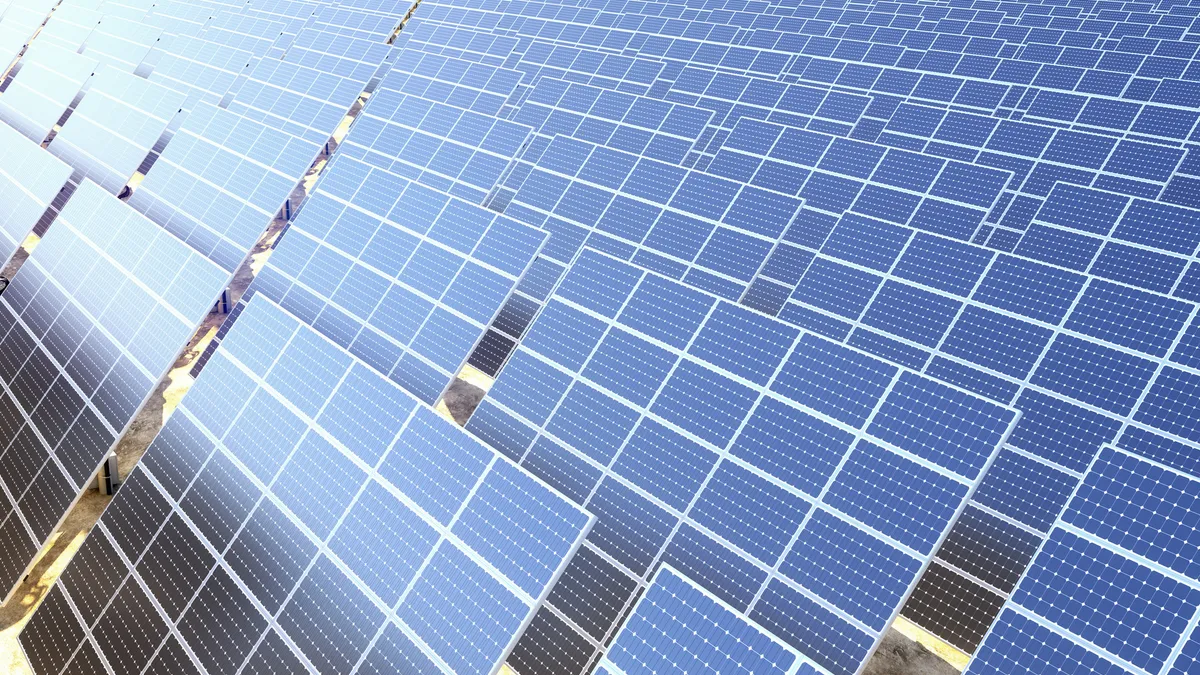The outlook for U.S. utility-scale solar has improved on easing supply chain problems, but near-term residential solar growth may be hurt by rising interest rates and changes to California’s net metering policy, Morgan Stanley analysts said in a report Monday.
The investment firm’s analysts said at the start of the year they were worried about the effects of the Uyghur Forced Labor Prevention Act, which resulted in shipments of imported solar panels being held by U.S. Customs and Border Protection, leading to project delays.
Of the roughly $710 million worth of shipments detained last year, about 40% had been released as of early April, the analysts said. Also, it appears that panels made with non-Chinese polysilicon have continued to enter the U.S. without significant delays, they said.
There is enough non-Chinese global polysilicon production capacity to support about 46 GW of solar panel production, the analysts estimate.
“However, it is a temporary band-aid on the broader issue of geopolitical supply chain risk within clean tech that needs to be resolved in order to support the strong renewable growth outlook in the U.S.,” they said, noting the Inflation Reduction Act has driven about $70 billion of investments in clean energy manufacturing so far.
With the improved outlook for solar panel supplies, the analysts expect 19 GW and 27 GW of U.S. utility-scale solar to be installed in 2023 and 2024, respectively, up from their previous forecast of 13 GW and 22 GW. They expect annual additions will grow to 42 GW by 2030.
The Morgan Stanley analysts said they expect a short-term slowdown in demand for residential solar, partly because of California’s latest net metering policy and higher interest rates. California accounted for about a third of the U.S. residential solar market in the last two years, according to the report.
They anticipate developers will install 7 GW this year and 6 GW in 2024, with annual residential installations climbing to 12 GW by the end of the decade.
“We expect a transition to a lease-based model (i.e. systems financed and owned by installers) to gain share, driven by more favorable economics under the leasing model and additional IRA tax credits available to leased systems that are not available to home-owner owned systems,” they said.
Solar companies Sunrun, Sunnova Energy International and SunPower stand to benefit in a trend towards leased systems, given their established positions in the leasing market, the analysts said.
The analysts said they are bullish on the outlook for the commercial and industrial solar sector where companies “can benefit from the cheap, deflationary costs of solar while utility bills continue to rise.”
They expect 2 GW of C&I solar to be added this year and in 2024. They anticipate annual installations will ramp up to 7 GW by 2030.















